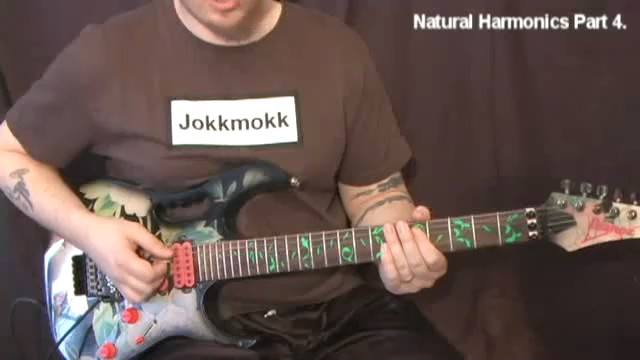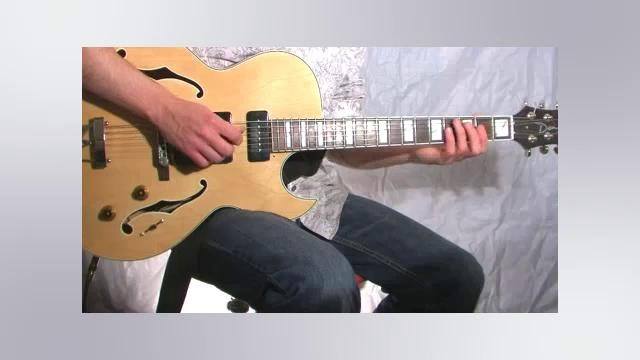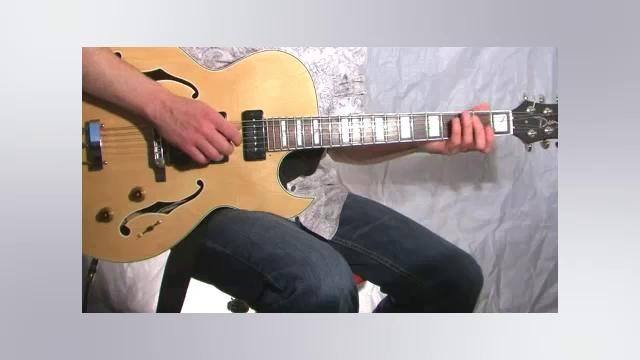The Locrian mode is the last mode derived from the Major Scale. It is not a mode that is used too often because of the way it is built. One of the distinguishing features of this mode is the lowered 5th. By respelling the b6 as a #5, an augmented interval exists between the root of this scale and this note.
|----------Octave-------||-------extensions-----|
1-b2-b3-4-b5-b6-b7-8-b9-b10-11-b12-b13
The chords which produce this mode are used less than the ones we've seen so far:
1-b3-b5=diminished triad
1-b3-b5-b7=minor7b5 (half-diminished)
1-b3-b5-b7-b9=minor7(b5b9)
1-b3-b5-b7-b9-11=minor11(b5b9)
1-b3-b5-b7-b9-11-b13=minor11 (b5b9b13)
1-b3-#5=minor 7#5 triad (#5 is enharmonic of b6)
1-b3-#5-b7= Minor7#5
The most common and useful chord from the above list is the Minor7b5. This chord is also known as a half-diminished. This chord occurs often in minor keys and less frequently in major keys. Because of the way it is built, it usually wants to move to another chord, which is usually a dominant chord. It is rare just to vamp on a minor7b5, but for getting the sound of the scale into your ears and fingers, it's not a bad idea.
Locrian mode fingering patterns are shown below.
Locrian Vamps: (Stress the b3,b7 and b5. Use the b2 as a tension tone.)
Vamp #1: (Cm7b5) (Use C locrian. all black dots on C)
Vamp #2: (Db/G / Eb/G) (Use G Locrian)
 |















































































